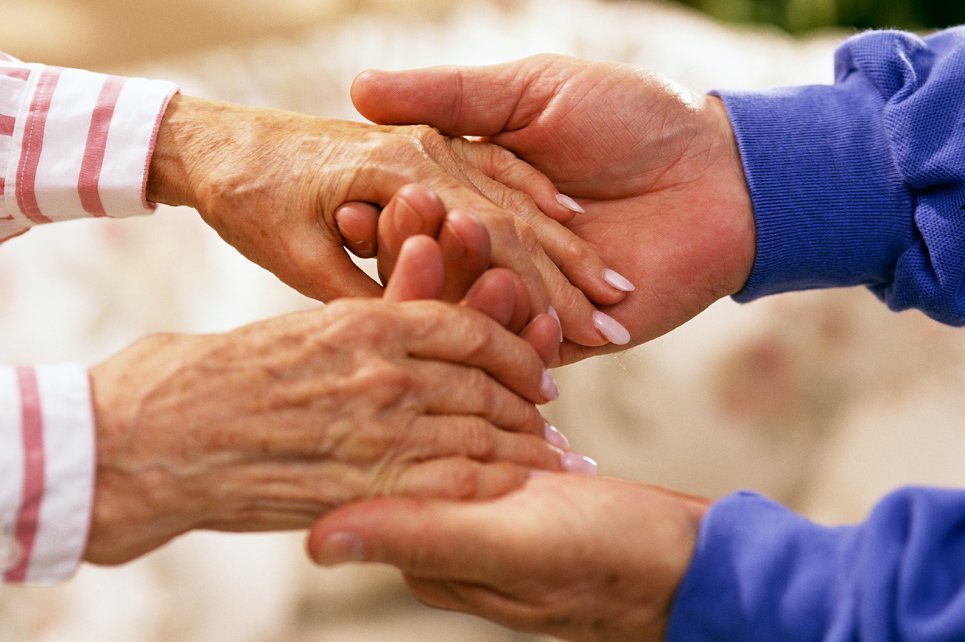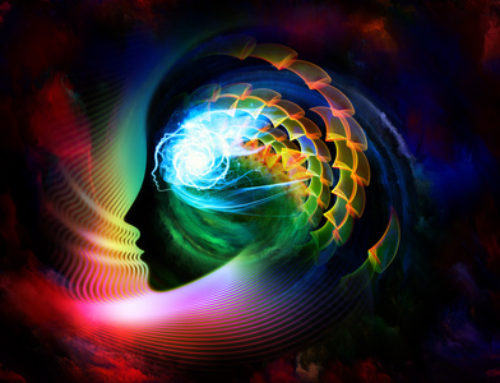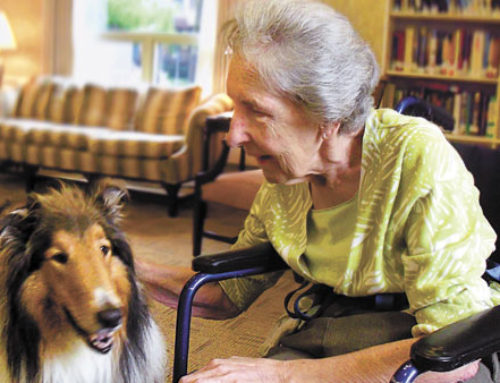Alzheimer’s disease (AD) cannot be cured but like other chronic illness it can be managed to provide an optimal quality of life. Taking a proactive stance, we consider agitation as a side effect that can often be “treated” utilizing sensory stimulation techniques. The brain may deteriorate but instinctual abilities upon which to build a caring relationship, remain intact. Dr. John Zeisel, Founder of Hearthstone Alzheimer Care expresses that, “Each of us has the ability to understand music, facial expressions and human touch – the meaning of a song, a smile and a hug.” (1)
Creating physical and social environments designed to stimulate primal instincts in this population, should be the focus in the design of housing and programming. Some people are sensory seekers, others are sensory avoiders. Facilities should offer an abundance of indoor / outdoor space providing a rich tapestry of sensory experience to both stimulate and relax.
A basic understanding of the limbic system is useful in observing and guiding the design for environments for AD. The limbic system sits on top of the brain stem, in the center of the brain’s neocortex and is associated with motivation, gratification, memory and thought. It regulates body temperature, blood pressure and blood sugar. The hippocampus and amygdala are part of the limbic system and are most damaged in the AD individual. The limbic system developed early in evolution and is emotionally aligned with the hypothalamus, where basic survival behaviors emanate: fear, aggression, hunger, thirst and sexual desire. The limbic system sends messages to the hypothalamus to process hormone release and instinctive behavior affecting tear formation, sweating and heart rate.
As the disease progresses, late-stage Alzheimer’s individuals will experience severe problems due to the damage in the limbic system. They will live in an eternal present, experiencing frequent emotional changes, losing impulse control, often unable to remember what occurred five minutes ago or what is happening around them. (2) Those with later stage dementia also exhibit body movements such as rubbing parts of their body, pinching themselves, rocking, twisting their clothing. These are all behaviors of self-stimulation and a cry for sensory input from another source. (3)
Engaging the senses through sight can involve the use of light, color and materials with variety in optical qualities ( shiny / transparent). The sense of touch may introduce various textures, temperatures or a simple breeze. Similarly, taste is stimulated with hot/cold temperatures or texture variations such as jelly and popcorn. Music, nature and the sounds of everyday items such as textiles and cutlery can easily integrate in the daily routine as a positive experience.
A recent pilot study conducted by Dr. Lori Reynolds for North Arizona University involved integrating virtual nature rooms into memory care ( MC) facilities. The AD patient’s reaction to nature videos vs. nostalgic movies was measured by anxiety levels and Observed Emotion Rating and Agitated Behavior Scales. The outcome favored nature videos in creating positive physical and social states of well-being in the participants. (4) Designing MC housing and programming with sensory stimulation in mind will enhance the life quality of those impacted by this chronic illness including caretakers and family members.
- Zeisel, J. (2009) I’m Still Here – A new philosophy of Alzheimer’s Care. Penguin Group, Toronto Canada. P. 40-41
- Turkington C., Mitchell, D. (2010) The A to Z of Alzheimer’s Disease. Checkmark Books, p 133.
- Kitwood, T. (1997) The experience of dementia, Aging & Mental Health; 1 (1): 13-22
- https://www.tandfonline.com/doi/abs/10.1080/02763893.2018.1431583?af=R&journalCode=wjhe20





